Do you love plants and nature? Here are the must-visit botanical gardens in Bavaria:
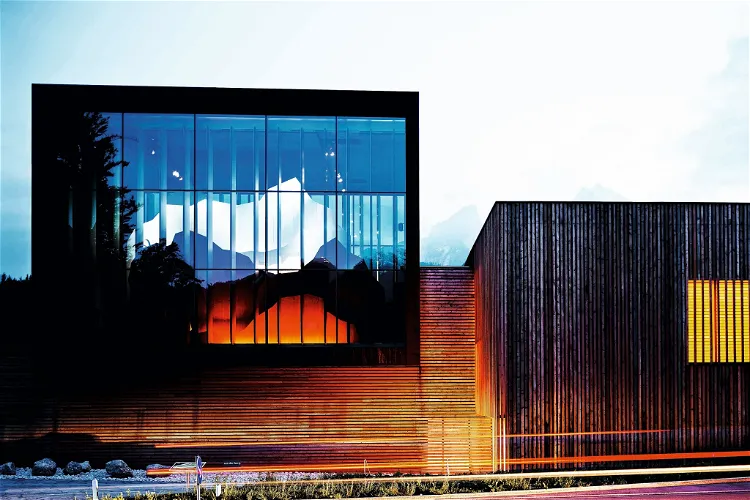
Haus der Berge - Nationalparkzentrum Berchtesgaden
BerchtesgadenThe Haus der Berge in Berchtesgaden serves as the central information and education center of the Berchtesgaden National Park. It provides visitors with comprehensive information about the park and its diverse ecosystems. The center also offers educational programs aimed at promoting understanding and appreciation of the natural environment.
House of Mountains
BerchtesgadenThe House of Mountains, located in Berchtesgaden, serves as the central information and education center of the Berchtesgaden National Park. It provides visitors with a wealth of information about the park, its flora and fauna, and the various activities available within the park. The center is designed to be accessible and informative, making it a valuable resource for anyone planning to explore the park.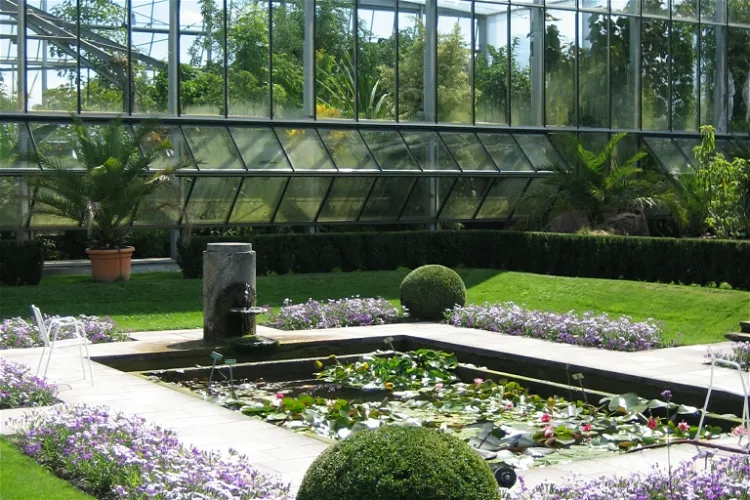
Botanical Garden Augsburg
AugsburgThe Botanische Garten Augsburg is home to an impressive variety of plant species. It hosts over a million species of Alliaceae, a family of plants that includes onions, garlic, and leeks, among others. In addition, the garden features about 3100 species and varieties of different plants. This diversity makes the garden a fascinating place for botany enthusiasts and casual visitors alike.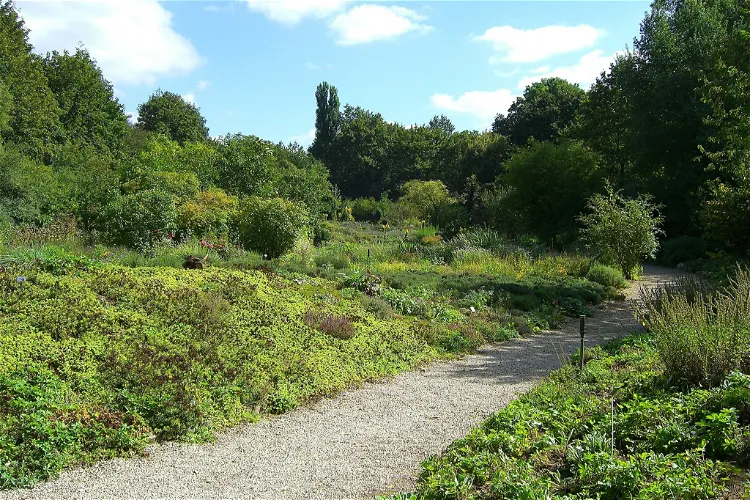
Aromatic Garden
ErlangenOpened in 1981, the Aromagarten Erlangen was the first garden of its kind in the world. It covers an impressive area of 8,900 m² and houses about 120 native and foreign aromatic plants. These plants are used for medicinal purposes, as spices, and in cosmetic preparations. The garden offers a unique opportunity to learn about these plants and their uses.
Siebold-Museum
WürzburgThe Siebold Museum in Würzburg is a tribute to the life and work of Philipp Franz von Siebold, a renowned doctor, Japan and natural scientist, ethnologist, botanist, and collector. The museum offers a deep dive into Siebold's contributions and his significant role in the fields of science and ethnology.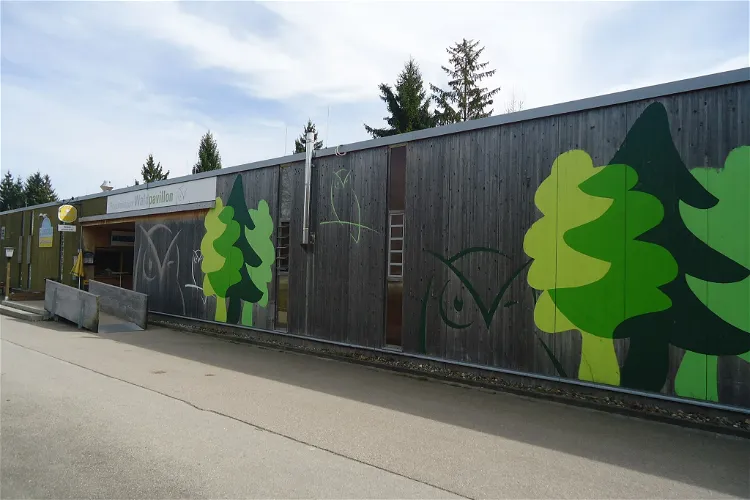
Forstmuseum Waldpavillon
AugsburgThe Forstmuseum Waldpavillon is a museum dedicated to the functions and tasks of the Augsburg city forest. It is operated by the city forestry administration of Augsburg and is situated in the Hochfeld district. The museum is easily accessible and is located near the parking lot of the Bezirkssportanlage Süd on Ilsungstraße, not far from the Siebentischanlagen and the Zoological Garden.
Sichtungsgarten Weihenstephan
FreisingThe Sichtungsgarten Weihenstephan is a botanical garden that spans over 7 hectares. It is dedicated to the exhibition and study of woody and shrubby plants. The garden is affiliated with the "Fachhochschule Weihenstephan", a university of applied sciences.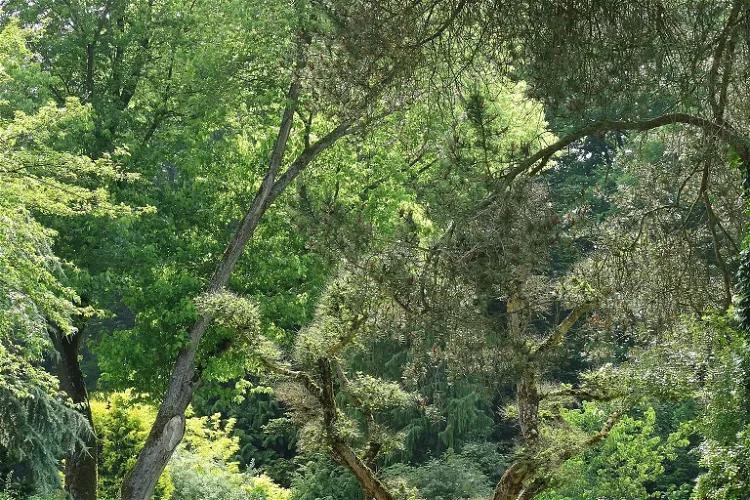
Hof Botanical Garden
HofThe Botanical Garden of the city of Hof is a municipal botanical garden that offers a unique experience to its visitors. It is divided into 32 different quarters, each representing a landscape replica from various continents. This allows visitors to experience a variety of natural environments without leaving the garden.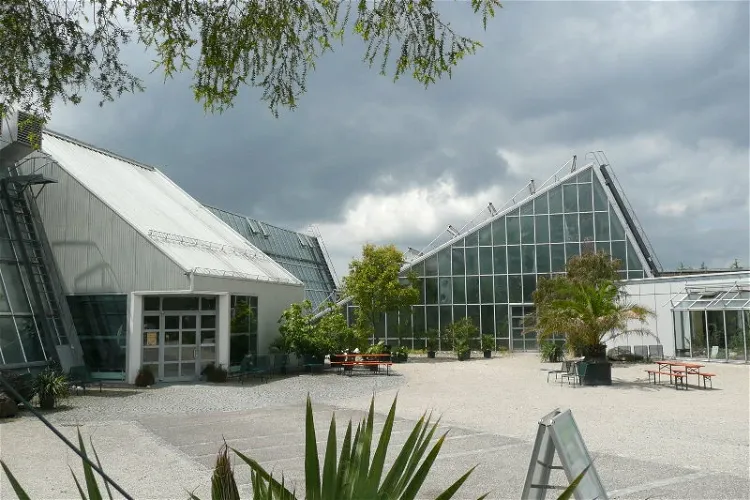
Ecological Botanical Garden
BayreuthThe Ecological Botanical Garden of Bayreuth, also known as Ökologisch-Botanischer Garten der Universität Bayreuth or ÖBG, is a large botanical garden spanning 16 hectares. It is affiliated with the University of Bayreuth, a renowned institution in Germany. The garden is located in the southern part of the city of Bayreuth and the University of Bayreuth.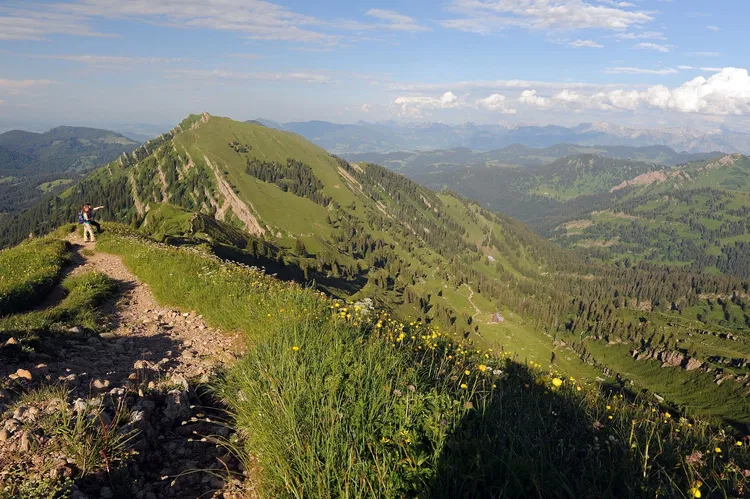
Nagelfluhkette Nature Park
Immenstadt im AllgäuThe Naturpark Nagelfluhkette is a unique cross-border nature park that spans between the German region Allgäu and the Austrian state Vorarlberg. This park is the first of its kind, bridging two countries and offering a diverse range of landscapes and natural beauty. It covers a significant part of the Allgäu Prealps west of the Iller and extends from Immenstadt and the western slopes of the Illertal in the east to the Hirschbergzug in the west. The park's southern border is marked by the Bregenzer Ach, Hirschgundtal, and Rohrmoostal near Oberstdorf, extending to the slopes of the Hochifen.